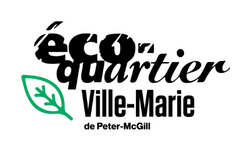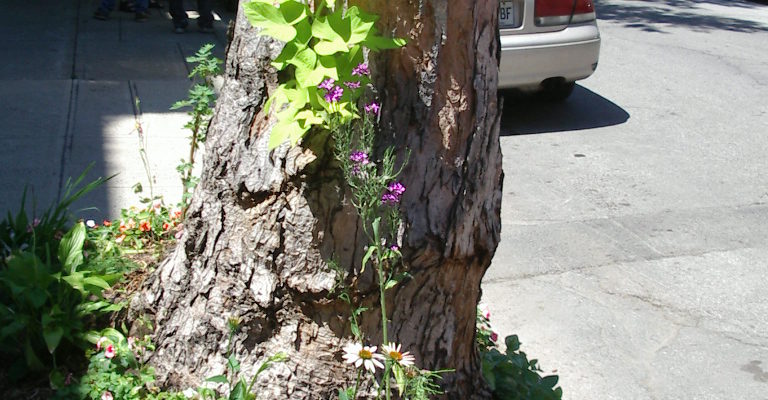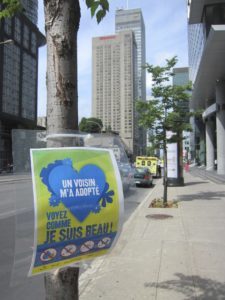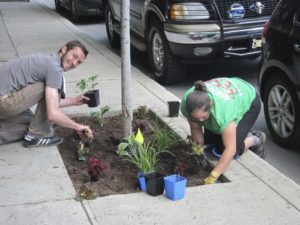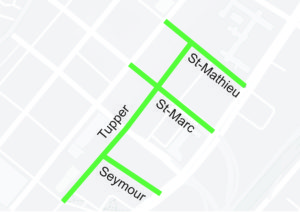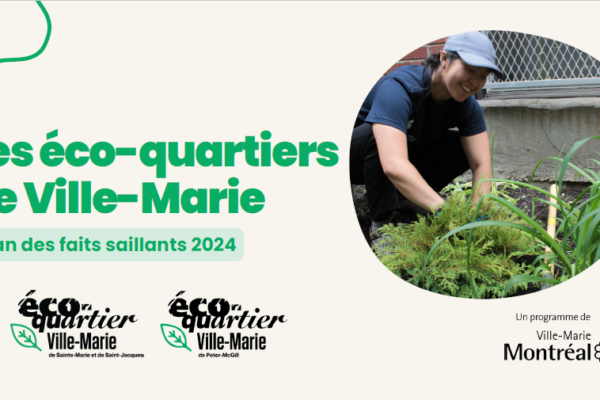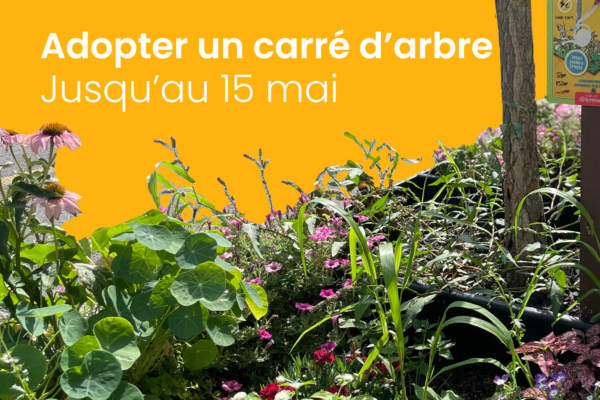Greening or flowering a tree square contributes to the cleanliness and the embellishment of the borough additionally to improving the urban biodiversity and the growth of the tree that benefits from being watered.
It’s nonetheless important to consider these important questions:
Can we actually plant there?
What is the extent of light exposure in this particular location?
What is the type of soil?
In this short article you will find many practical tips to successfully embellish and flower your tree square.
Consider enriching the soil before planting.
Before planting vegetation, remove any weeds and add compost to the soil.
You must be careful not to add too much compost since trees produces a lot of secondary roots in response to the presence of compost to try to capture all the nutrients. Having too many of these secondary tree roots may make it more difficult for flowers to grow their own roots since it makes the soil much more compact. Though it’s important not to remove these secondary roots because this can weaken the tree.
Installing a wooden border to the square is a good way to indicate that the space is being cared for and to retain soil and mulch.
It is recommended not to increase the level of soil already existing in the tree square. The border must not exceed 10cm in height so as not to retain the dirt too high up. It is also important to remove this wooden border before snow because winter service vehicles may damage or tear them apart.
Mulch retains water and decreases the need to weed plants. It also allows to decrease the quantity and frequency of watering which is important when the plants have yet to reach maturity.
Vegetation choices:
The main criterion for vegetation selection for tree squares are: resistant to droughts, resilient to poor and compact soil, resistant to deicing salts (only for perennials). You must also take into account the quantity of light (shade, half shade, or sunny) that may change with the growth of the tree.
We must also plant the right plant, at the right place.
In an urban setting it is important to select vegetation that will be able to survive difficult conditions. Keep in mind these plants will be subject to harsh winter conditions, which is why drafting your ideas for the tree square may help in preventing mistakes.
Nearest to the sidewalk is where the plants are at greater risk considering the snow removal vehicles tend to pass closer to that side. We therefor suggest planting perennials closer to the tree and plants that are annual closer to the sidewalk.
Tips from our urban agriculture and greening project manager for successful maintenance!
Water generously.
Newly planted vegetation must stay properly watered during their first few days. Once planted it is important to verify the humidity of the soil to know which areas need more water.
It is preferred to always water plants at the beginning or end of the day (starting around 4pm) to allow a proper development of the roots.
Water at the base of the plant because humidity of the foliage often increases the risk of disease development within the plants.
Be wary of intense but short rainfalls, often the water does not get the chance to penetrate deep into the soil.
Keep an eye on your plants:
Disease or bad growth conditions: the precursor signs can allow you to be proactive before the disease becomes uncontrollable. Take the habit of regularly examining your plants to detect any anomalies (leaves that have been eaten, discolored, or stained, curved growths…etc.). If a problem occurs, environmentally friendly solutions may be applied to control the undesired occurrences.
This year the tree square greening project will take place on the following streets *
